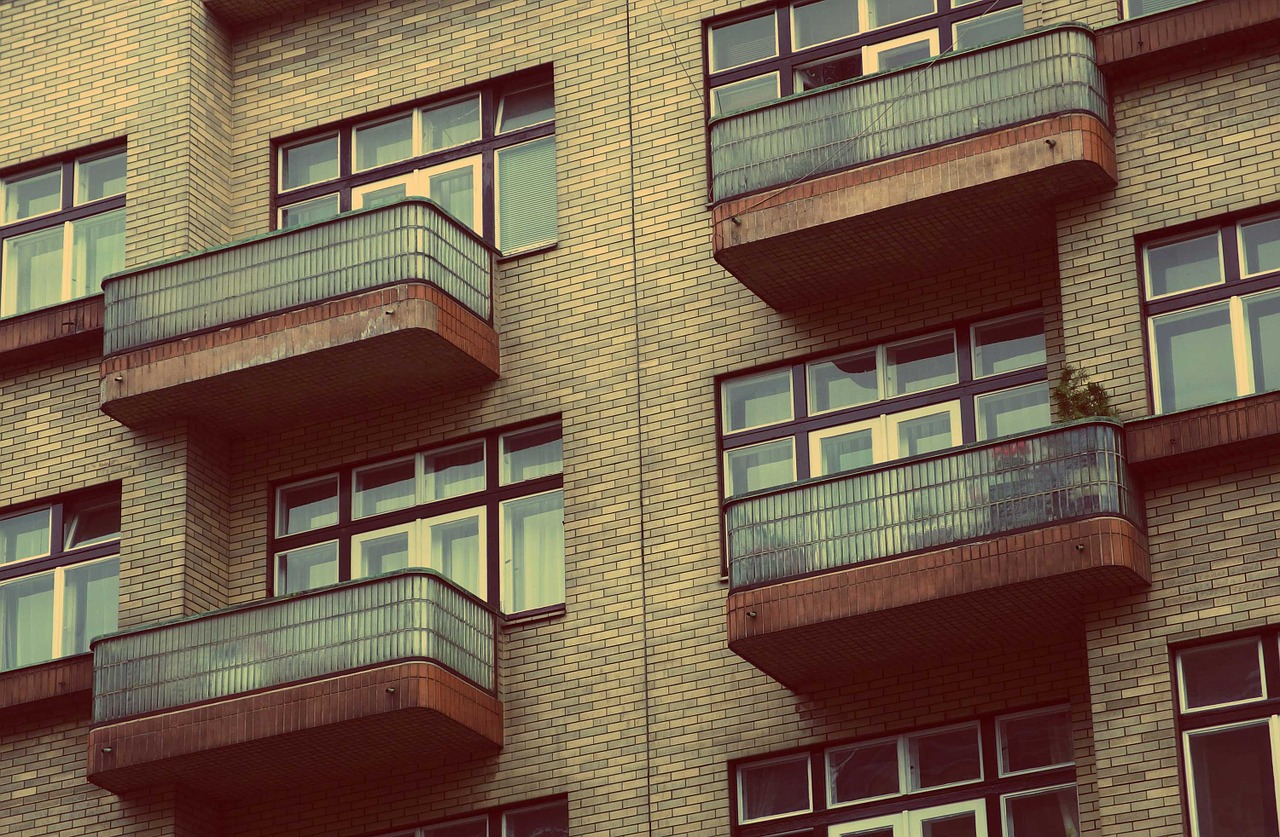By Alejandra Molina.
It was an unlikely scenario. The call for affordable housing had come to Beverly Hills, where a group of mostly middle-class professionals in early October protested in front of a high-end Chinese restaurant owned by Vicky Mense, the same woman listed as a proprietor of their Silver Lake apartment complex.
“What do we want? No evictions! When do we want it? Now!” they shouted.
Protesters banged on drums, walked past luxury boutiques, and chanted “The rent is too high. Yes on 10!”
The high cost of living in Los Angeles has predominantly impacted Latinx working-class neighborhoods such as Highland Park and Boyle Heights. But it had reached white middle-class tenants in Silver Lake — a trendy community where “hipsterdom” flourished around the early 2000’s — who now found themselves protesting against monthly rent increases.
This was just one of many demonstrations taking place. In other parts of L.A., tenants were engaging in rent strikes, renters were staging faux homeless encampments to protest rent hikes, and housing advocates were showing up en masse to the homes elected officials who they felt were not addressing the issue.
Median rents in Los Angeles now stand at $1,367 for a one-bedroom apartment and $1,756 for a two-bedroom, according to a report from Apartment List.
There was enough momentum to suggest that Proposition 10, a hotly contested measure that would have made it easier for California cities to enact rent control policies, had a chance of passing in the midterm elections Nov. 6.
But it didn’t. The measure failed on a 38 to 62 margin.
[divider] [/divider]





